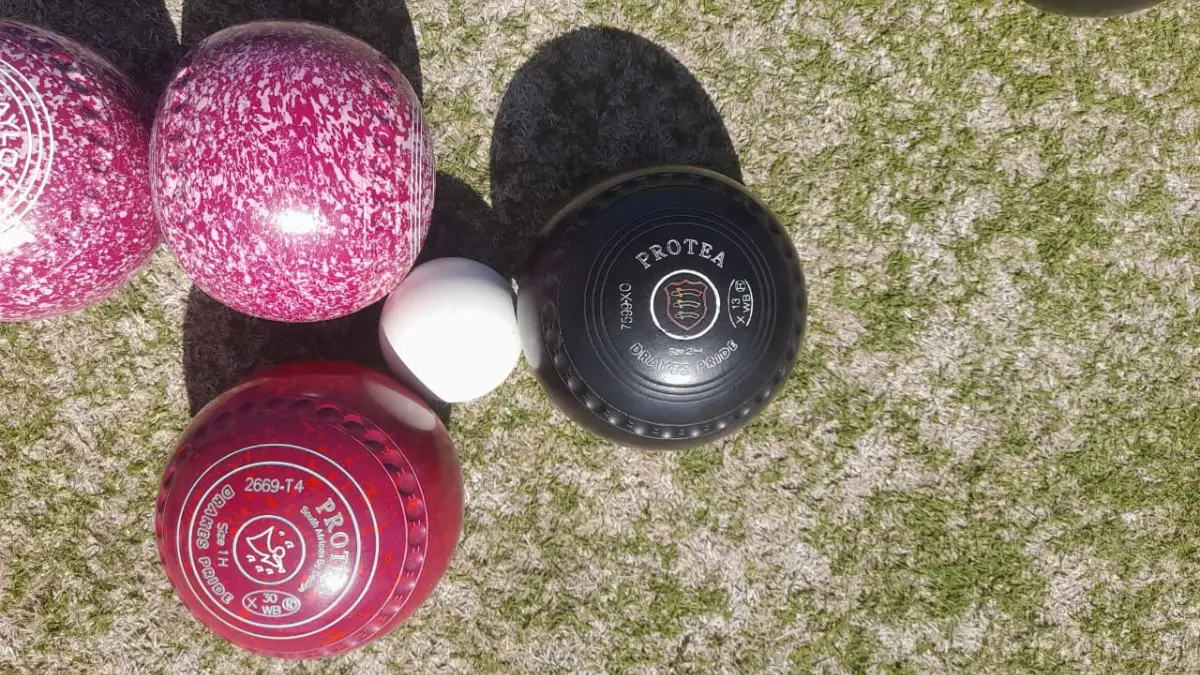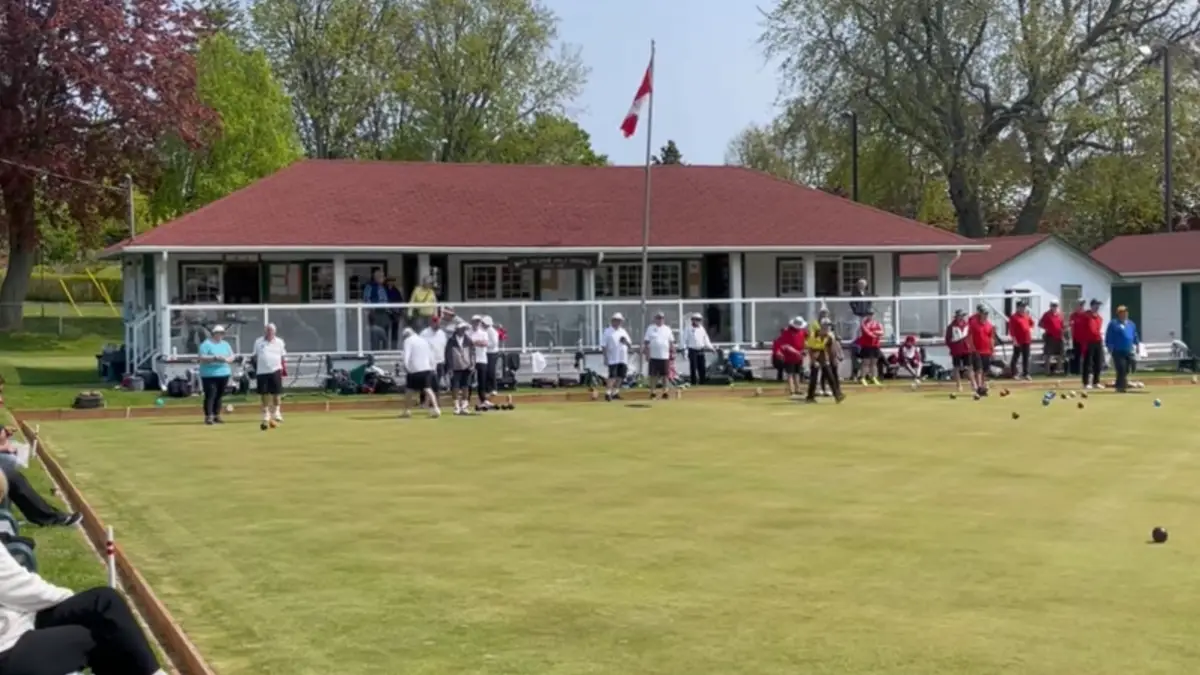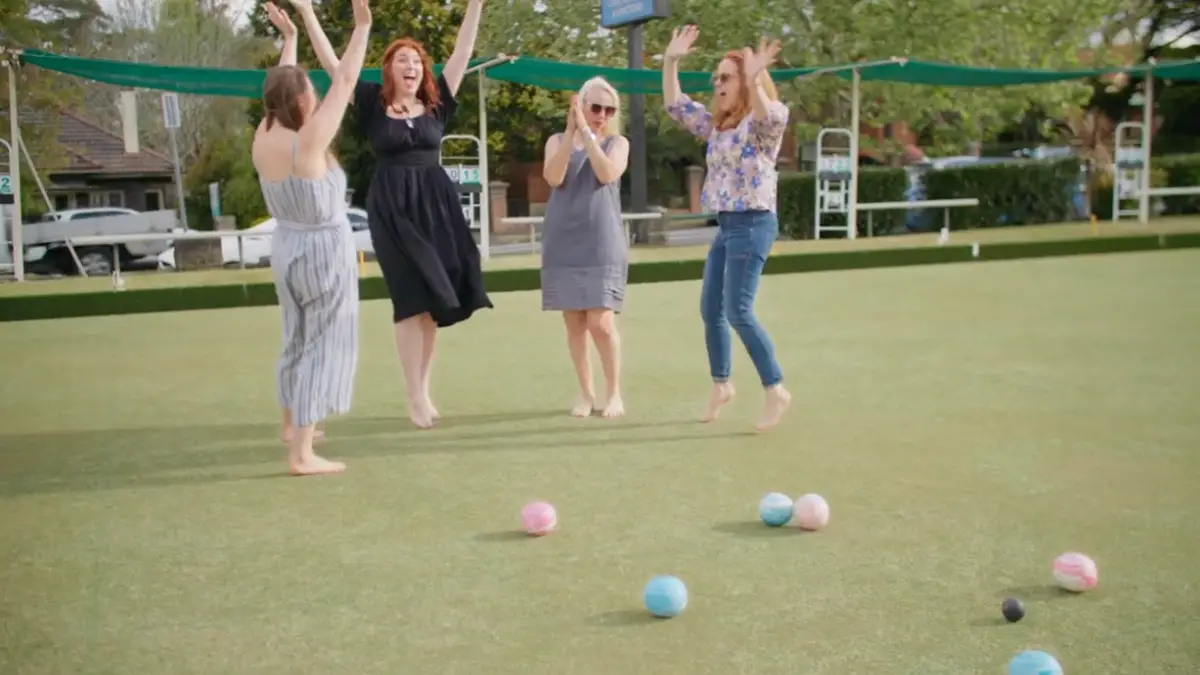Yes, you can hit the jack in lawn bowls by bowling your bowls directly towards it. The jack (also called the kitty or the white) is the target bowl that all players try to get close to. So the closer you get to the white target ball the better, and if you touch it, that’s a good thing. That’s because the bowls closest to the jack earn points in lawn bowls scoring.
What does it mean if you hit the jack in lawn bowls?
There are various ways in which a bowl hits the kitty.
- The toucher: The bowl gently “kisses” the jack and lies right next to it. This is good, because other bowls will have a hard time dislodging the bowl from its position.
- The trail: The bowl hits the jack and gently “trails” it to a more favourable position on the green i.e. closer to the bowls of the team whose bowl trails the jack.
- The drive: Here the bowl aggressively hits the jack, sending it in one of three directions: 1) Close to an opponent’s bowl, which is bad. 2) Out of the rink, which may be good if the opponents were in a strong position prior to this happening. The end is then played over, with the mat in the same starting position 3) Into the ditch. The bowl that hits the kitty into the ditch remains “live” even if it ends up in the ditch then or later in the end. That can be beneficial. But if the hitting bowl goes off in a random direction far from the ditched jack then the advantage is lost.
What does it mean if you hit the jack out in bowls
If you hit the jack out of the rink (the long, narrow playing area on the green, outside the white indicator poles) then the jack is “dead” i.e. out of play. Bowlers call this a “burnt end”. When this happens, usually the end (i.e. all the bowls delivered from one end of the green to the other) is played over with the mat in the same position as it was during the burnt end.
On occasion the skips agree to play the end over starting at the other end, simply because most of the delivered bowls are lying there already. And sometimes the end is not played over. Instead the jack is placed on the two meter mark and play resumes as it nothing had happened.





